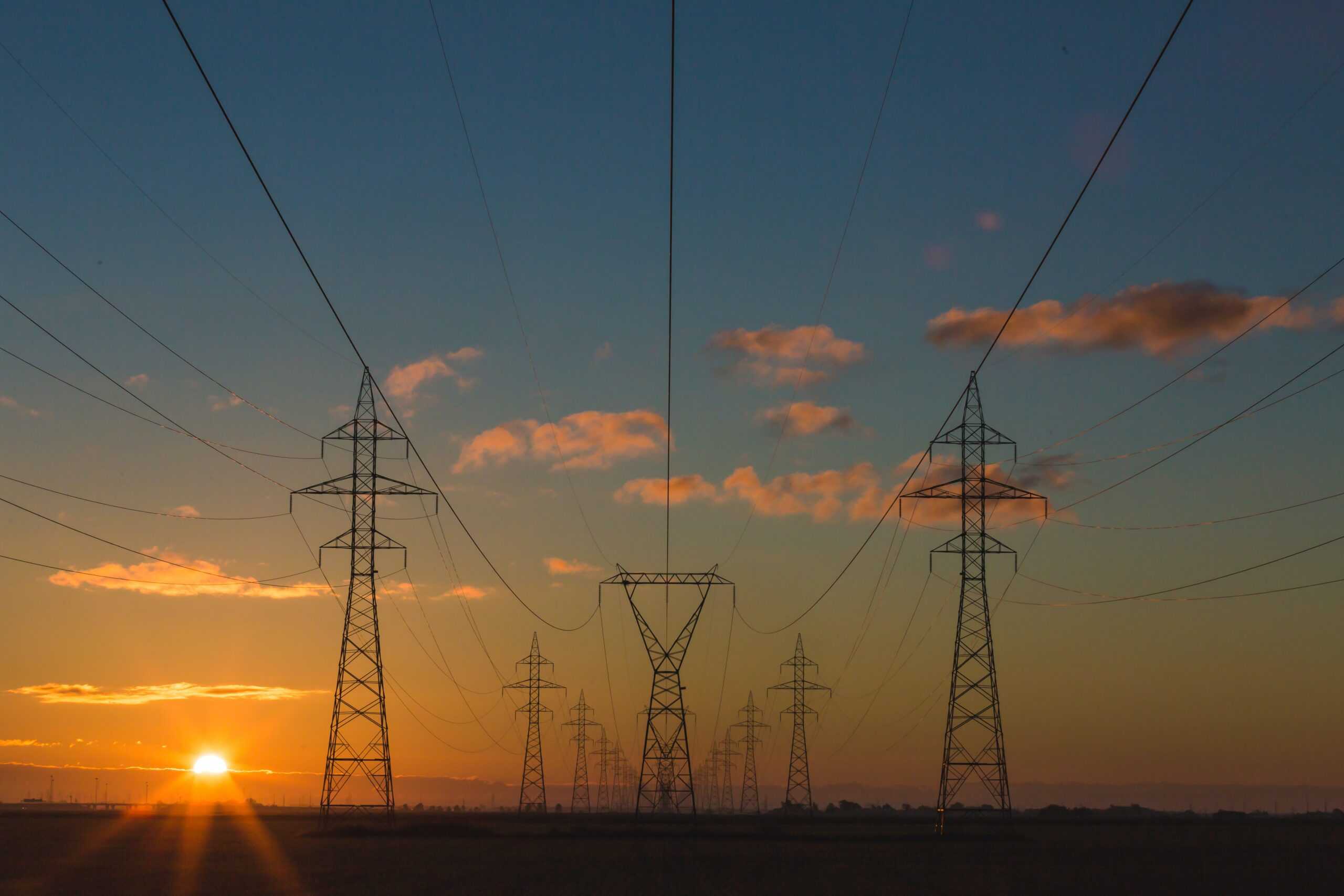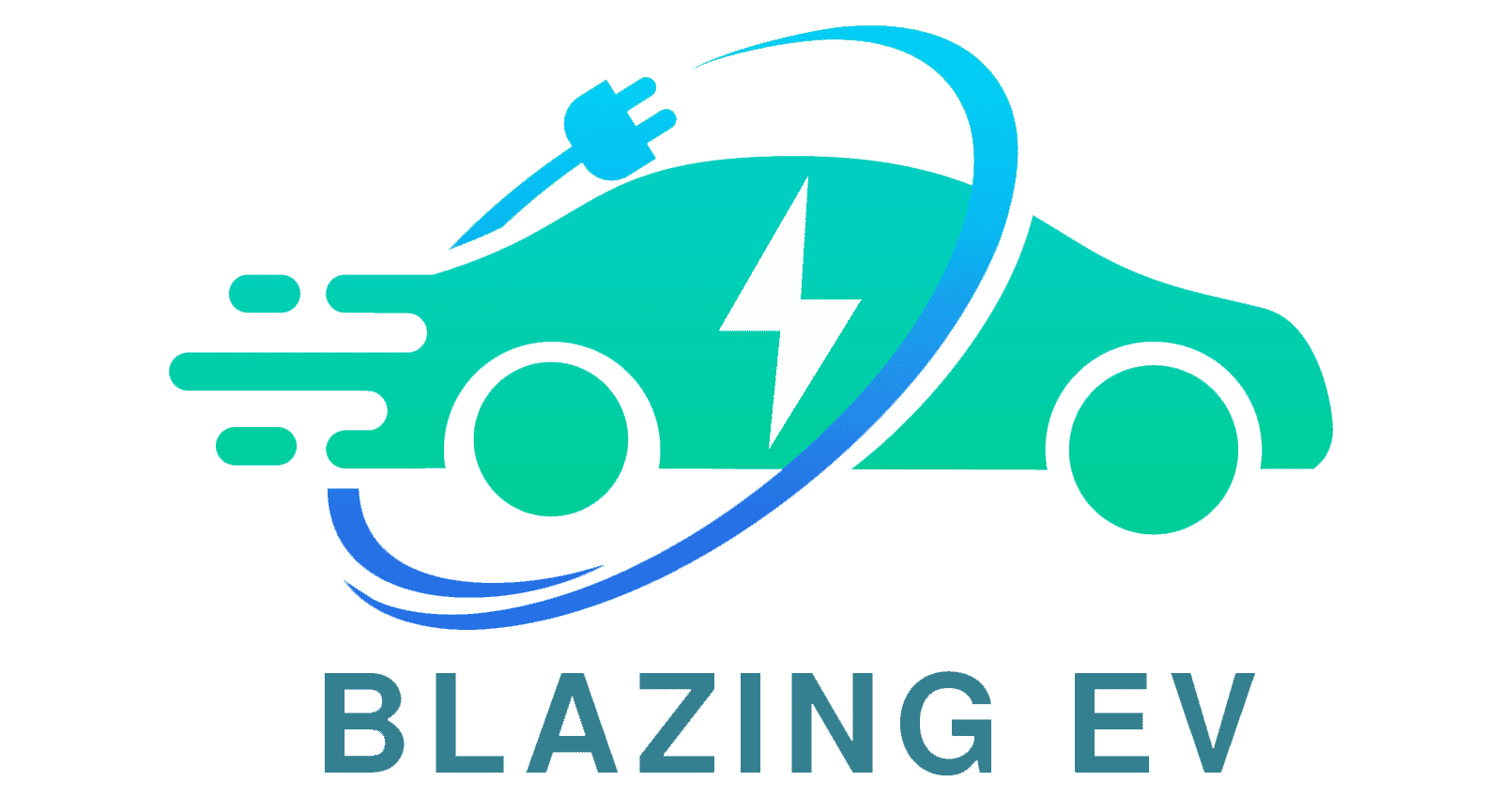Can The Grid Handle The Switch To Electric Vehicles?

Navigating the Transition:
As the embers of the climate crisis continue to burn, electric vehicles (EVs) have driven into the spotlight, heralded as a green knight in a world besieged by carbon emissions. With the reins firmly gripped by both governments and auto moguls, we’re steering into a greener horizon, where the hum of EVs replaces the roar of gasoline engines. Yet, as we accelerate down this new road, a critical question looms — is our age-old electrical grid ready to fuel this electric odyssey?
Our current grid, a marvel of past engineering, was crafted in a time where the rhythmic dance of supply and demand followed a more predictable tune. Yet, the sudden arrival of EVs on the scene adds a rapid new beat, one that sends ripples of extra demand through the network, summoning a call for upgrades. This electric ensemble, led by EVs, heralds a new era of energy dynamics, one where our grid must learn to dance to a different, more demanding rhythm to keep the lights on and wheels turning.
The Current State of the Grid
The current electrical grid is a complex network that connects power generation to households and industries. It operates based on a delicate balance between supply and demand. The entrance of EVs into the mainstream poses both challenges and opportunities.
Challenges:
- Increased Load:
- Demand Surge: As more EVs hit the roads, there will be a significant increase in electricity demand. Each EV plugging in to charge can draw as much power as an entire household, doubling the demand in some cases.
- Peak Load Stress: If many EV owners choose to charge their vehicles during peak hours, this could stress the grid, potentially leading to blackouts or other issues.
- Infrastructure Upgrades:
- Transmission and Distribution: The existing transmission and distribution infrastructure may need extensive upgrades to handle the increased load, including higher capacity transformers and more robust distribution lines.
- Charging Infrastructure: The deployment of charging stations, especially fast chargers, will need to be strategically planned to ensure the grid can handle the demand.
- Cost:
- Capital Expenditure: The capital required for upgrading the grid and deploying charging infrastructure could be substantial. This includes not only the physical hardware but also the software systems for monitoring and managing the grid.
- Cost Allocation: Determining who bears these costs – whether it’s the government, utility companies, or EV owners – is a complex issue that requires careful consideration.
Opportunities:
- Demand Response:
- Load Shifting: Smart charging technologies can enable load shifting, where EVs are charged during off-peak hours, reducing stress on the grid during peak times.
- Grid Balancing: In some cases, EVs could even feed electricity back into the grid during times of high demand, helping to balance the load.
- Renewable Integration:
- Storage Solutions: EV batteries could act as storage solutions for renewable energy, absorbing excess electricity when supply is high and discharging it when demand is high.
- Grid Stabilization: By smoothing out the supply-demand curve, the integration of renewables could be significantly improved, aiding in grid stabilization.
- Grid Resilience:
- Enhanced Reliability: With proper management and the integration of smart grid technologies, the added load from EVs could lead to a more robust and reliable grid.
- Emergency Response: In cases of power outages or other emergencies, a network of EV batteries could provide a valuable reservoir of stored energy, aiding in emergency response efforts.
Each of these challenges and opportunities underscores the transformative potential of the EV revolution on the grid. Tackling the challenges will require a multi-faceted approach, encompassing policy formulation, technological innovation, and stakeholder collaboration. On the flip side, the opportunities presented could propel the grid into a new era of sustainability, resilience, and efficiency. By harnessing these opportunities, stakeholders can not only accommodate the rising tide of EVs but also drive forward the broader green energy transition.
Planning the Transition:
Embarking on the journey towards a grid that can seamlessly accommodate the Electric Vehicle (EV) upsurge necessitates meticulous strategizing and substantial investments. The endeavor is akin to a multifaceted orchestra, with governments, utility providers, automakers, and consumers playing the key instruments. Here’s a deeper exploration into the pivotal considerations that form the core of this transition:
Key Considerations:
- Technological Innovations:
- Smart Grids: Transitioning to smart grids is more than just an upgrade—it’s a transformation. Smart grids, with their real-time monitoring and adaptive response capabilities, are indispensable in managing the new load dynamics introduced by EVs. They not only enable better load management but also facilitate seamless integration of renewable energy sources, creating a symbiotic relationship between EVs and renewables.
- Energy Storage Solutions: The advent of sophisticated energy storage solutions marks a paradigm shift. These solutions can store excess energy generated during off-peak hours or from renewable sources, and dispense it during peak demand, acting as a buffer to maintain grid stability. Furthermore, the potential of vehicle-to-grid (V2G) technologies, where EVs act as mobile energy storage units, unlocks a realm of possibilities in achieving a balanced grid.
- Policy Framework:
- Investment Incentives: Establishing a conducive policy framework is akin to laying down the musical score for the transition orchestra. Policies that incentivize investments in grid upgrades and EV charging infrastructure are fundamental. They can catalyze the infusion of necessary capital, accelerating the pace of transition.
- Smart Charging Regulations: Regulations that promote smart charging practices can significantly alleviate the stress on the grid. Encouraging or mandating off-peak charging and facilitating the adoption of V2G technologies can be instrumental in ensuring grid stability.
- Consumer Education:
- Smart Charging Awareness: Educating consumers about smart charging practices is akin to fine-tuning the instruments in our orchestra. Awareness campaigns can demystify the benefits of off-peak charging, encouraging consumers to charge their EVs during times of low demand, thus flattening the load curve.
- Engagement Platforms: Establishing platforms for engaging with consumers, providing them with real-time feedback on their charging practices, and incentivizing smart charging behaviors can foster a community of informed and responsible EV owners.
- The harmony achieved by synchronizing technological innovations, a supportive policy framework, and an informed consumer base can significantly smoothen the transition to a grid ready for the EV tide. As each stakeholder plays their part in this grand ensemble, the vision of a resilient grid supporting the sustainable mobility transition inches closer to reality. Through meticulous planning and a collaborative spirit, the grid can be tuned to resonate with the evolving demands of the EV era, orchestrating a sustainable and harmonious energy future.
Conclusion:
The transition to electric vehicles is a necessary step towards a sustainable future. While challenges exist, with the right blend of technology, policy, and consumer engagement, the grid can evolve to meet the rising demand. This evolution not only supports the adoption of EVs but also paves the way for a modern, resilient, and sustainable energy infrastructure.
This article provides a comprehensive overview of the interplay between the surge in EV adoption and the capability of the existing electrical grid. By addressing the challenges and outlining the possible solutions, it sets the stage for a dialogue on navigating this crucial transition. Through a collaborative approach and a vision grounded in sustainability, there’s a clear path towards accommodating the EV revolution, making the dream of a cleaner and greener future a tangible reality.
Further Reading:
https://en.wikipedia.org/wiki/Smart_grid#Modernization_opportunities
https://en.wikipedia.org/wiki/Plug-in_electric_vehicle
https://apnews.com/article/europe-science-business-9b8a4cfb4eb4c1c1d9c4dbf9f6e1d5e7
https://news.mit.edu/2023/minimizing-electric-vehicles-impact-grid-0315
https://news.columbia.edu/news/how-electric-vehicles-could-fix-electrical-grid
